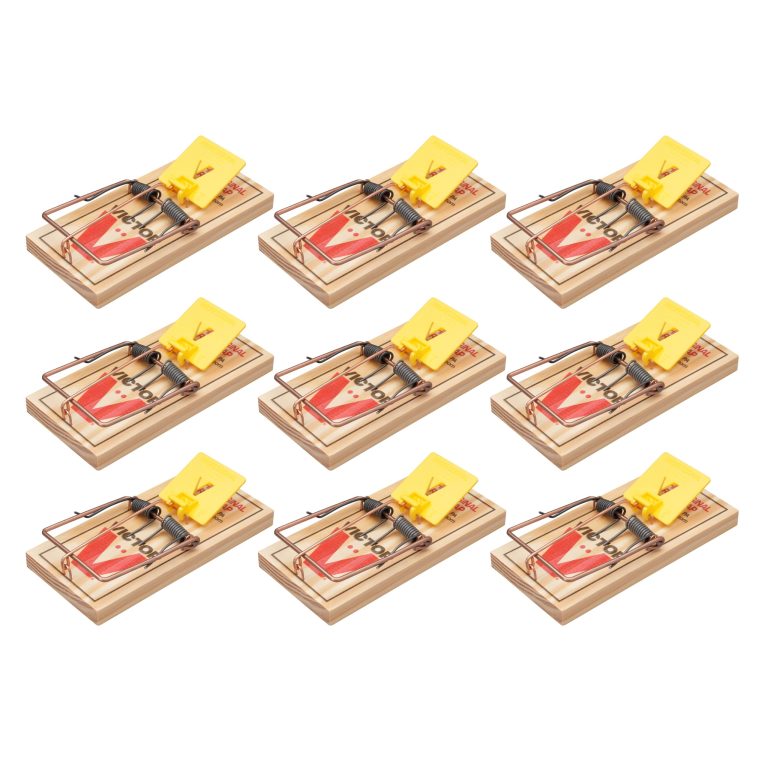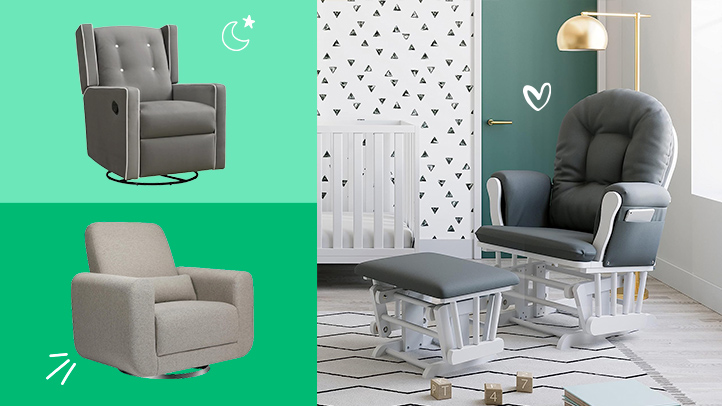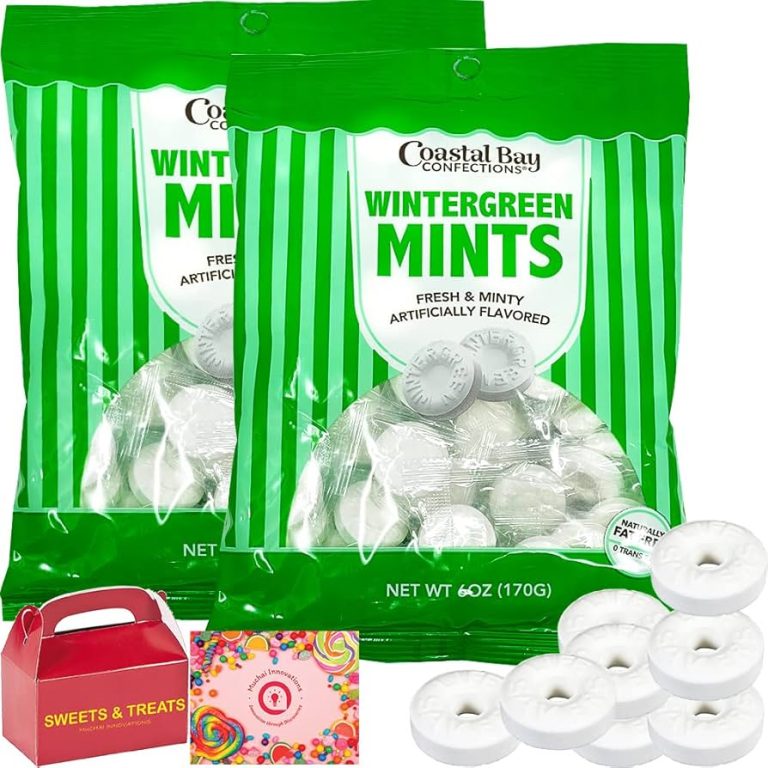Top 9 Best Heating and Cooling Systems for Ultimate Home Comfort in 2023
Choosing the right heating and cooling system for your home can feel overwhelming with so many options available. Whether you’re looking to upgrade your current system or installing one for the first time, finding the perfect balance between efficiency, cost, and comfort is crucial.
In this guide, you’ll discover the 9 best heating and cooling systems that cater to various needs and budgets. From energy-efficient models to smart home integrations, these systems offer innovative features to keep your home comfortable year-round. Dive in to find the ideal solution that suits your lifestyle and enhances your home’s climate control.
Standard Split Systems
Standard split systems are among the most common heating and cooling solutions for residential properties. They consist of separate units for heating and cooling which work together to maintain comfort.
Characteristics of Standard Split Heating and Cooling Systems
Standard split systems typically include an outdoor unit housing the condenser and compressor, and an indoor unit containing the evaporator coils and air handler. These systems use ducts to distribute air throughout your home efficiently. Split systems rely on refrigerant to transfer heat between the indoor and outdoor units, providing both heating and cooling capabilities. Most models come with thermostats for easy temperature control and often include air purifiers or humidifiers as additional features.
Pros and Cons of Standard Split Systems
Standard split systems offer several advantages. They tend to be highly efficient, providing consistent temperature control and improved air quality through integrated purifiers. Maintenance is relatively straightforward, with easy access to both indoor and outdoor units. Installation is generally simpler compared to more complex systems and their flexible design makes them suitable for various home layouts.
However, there are some drawbacks. The necessity for ductwork can increase installation costs, especially in homes without pre-existing ducts. Outdoor units can be noisy and may require more space, affecting aesthetics or outdoor activities. Additionally, repair costs can add up if both the indoor and outdoor units require servicing.
Hybrid Split Systems
What Are Hybrid Split Systems?
Hybrid split systems combine the efficiency of electric heat pumps with the power of gas furnaces. They automatically switch between the two energy sources based on outdoor temperatures. These systems can provide efficient heating and cooling without compromising comfort or incurring high utility bills.
Benefits of Using Hybrid Systems for Energy Efficiency
Save on energy costs with hybrid systems. They use electric heat pumps in mild weather, reducing reliance on gas furnaces. This can lower your carbon footprint. Experience fewer service interruptions as the system alternates sources. Enjoy consistent indoor comfort year-round while optimizing energy use.
| Benefit | Description |
|---|---|
| Energy Efficiency | Automatically selects the most efficient energy source based on temperature |
| Cost Savings | Reduces utility bills by favoring electric heat pumps in mild conditions |
| Environmental Impact | Lowers carbon footprint by minimizing gas furnace usage |
| Consistent Comfort | Ensures stable indoor temperatures throughout the year |
| Reduced Wear and Tear | Alternating sources can extend the lifespan of both the pump and furnace |
Duct-Free Mini-Split Systems
Duct-free mini-split systems are a versatile and efficient alternative to traditional HVAC setups. They offer precise temperature control and reduce energy losses typically associated with ductwork.
Understanding Duct-Free Mini-Split Systems
Duct-free mini-split systems consist of an outdoor compressor and one or more indoor air-handling units. Each unit operates independently, allowing you to control the temperature in individual rooms. These systems are often more energy-efficient because they avoid the energy loss that occurs in ducted systems, which can account for up to 30% of energy consumption, according to the U.S. Department of Energy.
Ideal Use-Cases for Duct-Free Systems
Bedrooms, home offices, and additions are ideal spaces for duct-free mini-split systems. They’re perfect for retrofitting in houses without existing ductwork or for rooms that need variable temperature settings. You can also use them in multi-family homes, where centralized control isn’t practical. Their flexibility makes them a great choice for providing targeted heating and cooling solutions.
Packaged Heating and Air Systems
Packaged heating and air systems combine heating and cooling elements in one unit, typically placed outside the home. These systems are ideal for homes without basements or with limited indoor space.
Features of Packaged Heating and Air Systems
Packaged systems offer several unique features that make them stand out:
- Compact Design: Their all-in-one design saves indoor space.
- Easy Installation: Since most components are pre-assembled, installation is straightforward.
- Energy Efficiency: Modern packaged systems come with high SEER and AFUE ratings.
- Versatility: They provide heating, cooling, and sometimes humidity control in one unit.
- Reduced Noise: With the system outside, indoor noise levels drop significantly.
Comparing Packaged Systems to Split Systems
Packaged systems have distinct advantages and disadvantages compared to split systems:
- Space Utilization: Packaged systems save indoor space, while split systems use both indoor and outdoor units.
- Installation Costs: Packaged systems typically have lower installation costs due to their compact nature.
- Maintenance: Routine maintenance might be simpler for split systems due to easier indoor access.
- Energy Efficiency: Both systems offer high efficiency, but split systems might edge out due to advanced technology.
- Noise Levels: Packaged systems generally result in quieter indoor environments.
Understanding these aspects helps you make an informed decision when choosing the best heating and cooling setup for your home.
Geothermal Heat Pumps
Geothermal heat pumps stand out for their impressive efficiency and eco-friendly attributes. They harness the earth’s natural temperature, providing consistent heating and cooling.
The Basics of Geothermal Heat Pump Technology
Geothermal systems use the earth’s stable underground temperature to heat and cool your home. A series of pipes, known as a loop, are buried beneath the ground. These pipes circulate a fluid that absorbs or releases heat as needed. In winter, the fluid extracts heat from the ground and transfers it indoors. In summer, the process reverses, expelling heat from your home into the ground. This method leverages the earth’s constant temperature, making the system highly efficient and reliable.
Environmental and Long-Term Financial Benefits
Geothermal heat pumps significantly reduce greenhouse gas emissions compared to traditional HVAC systems. They require less electricity and don’t rely on fossil fuels, making them a greener choice. While the upfront installation cost may be high, your investment pays off over time through lower energy bills. According to the U.S. Department of Energy, geothermal systems can reduce energy bills by 30%-60%. Additionally, many states offer tax incentives and rebates, further enhancing their financial viability. Their low maintenance and long lifespan also save you money in the long run.
Solar Heating Systems
Solar heating systems harness the sun’s energy to warm your home, offering an eco-friendly and cost-effective alternative to traditional heating methods.
How Solar Heating Systems Work
Solar heating systems capture solar energy using collectors, typically placed on the roof. These collectors absorb sunlight and convert it into thermal energy. This energy heats a fluid, usually water or a heat-transfer fluid, which then circulates through your home to provide warmth. The system also includes a storage tank to hold the heated fluid for use when sunlight isn’t available.
Integration With Existing Heating and Cooling Systems
Integrating solar heating systems with your existing heating and cooling setup can enhance efficiency. These systems work alongside conventional units, reducing the load on them and cutting down your energy bills. By pre-heating the fluid or air, solar heating decreases the workload on your traditional systems, resulting in energy savings and prolonged equipment lifespan. Depending on your existing setup, adding a solar system might require adjustments, but the long-term benefits generally outweigh the initial investment.
Radiant Heating Systems
Radiant heating systems offer a unique solution that directly heats floors, walls, or ceilings from underneath. Let’s explore their advantages and suitable environments for installation.
Exploring the Advantages of Radiant Heating
Radiant heating systems provide consistent warmth. Unlike traditional forced-air systems, they don’t rely on blowing air, which means no drafts or noise. Radiant heat is energy efficient, often reducing energy bills by 15-30%, according to the U.S. Department of Energy. The system uniformly distributes heat, eliminating cold spots and improving overall comfort. Additionally, it’s hidden from view and frees up wall space for decor.
Suitable Environments for Radiant Heating Installation
Radiant heating systems excel in various environments. They’re ideal for new constructions and major renovations, especially in spaces where consistent, quiet warmth is desired. Bathrooms, basements, and kitchens benefit greatly as the system keeps tiles and floors warm. Radiant heating is also perfect for homes with allergy sufferers since it doesn’t circulate allergens. This option fits under most flooring types, including tile, wood, and carpeting, making it versatile for different design aesthetics.
Evaporative Coolers
Evaporative coolers, also known as swamp coolers, provide a cost-effective option for cooling your home by utilizing the natural process of evaporation.
The Functionality of Evaporative Coolers
Evaporative coolers function by drawing in warm air from outside and passing it through water-saturated pads. The water absorbs the heat from the air, causing it to evaporate and leaving the air cooler. A fan then blows this cooled air into your living space. This process uses less energy compared to traditional air conditioning systems and adds moisture to the air, which can be beneficial in dry climates.
Best Climates for Evaporative Cooling Efficiency
Evaporative coolers work best in hot, dry climates. They are most efficient in areas with low humidity, typically below 60%, as the evaporation process is more effective. States like Arizona, Nevada, and parts of California are ideal for these systems. In contrast, high-humidity environments, such as those in the southeastern United States, reduce the cooling efficiency of evaporative coolers, making them less effective.
Evaporative coolers are a practical option for specific regions, offering energy savings and natural cooling for homes in suitable climates.
Variable Refrigerant Flow Systems
Variable Refrigerant Flow (VRF) systems offer innovative solutions for heating and cooling needs.
Introduction to Variable Refrigerant Flow (VRF) Technology
VRF technology allows multiple indoor units to connect to a single outdoor unit. It optimizes refrigerant flow based on the individual needs of each indoor unit. You get precise temperature control and energy savings. VRF systems feature inverter compressors that adjust the refrigerant flow, enhancing efficiency and comfort.
Application Scenarios for VRF Systems in Modern Buildings
VRF systems excel in commercial buildings. They’re ideal for spaces needing zoned comfort, like offices and hotels, where different areas require specific temperatures. In residential high-rises, VRF systems offer quiet operation and flexibility. You can also use VRF systems in retail spaces, ensuring customers enjoy a comfortable shopping environment.
Conclusion
Choosing the right heating and cooling system for your home can significantly impact your comfort and energy bills. By understanding the various options available—from standard split systems to innovative VRF systems—you can make an informed decision that suits your specific needs. Whether you prioritize cost-effectiveness, energy efficiency, or advanced technology, there’s a system out there for you. Take the time to evaluate your home’s requirements and consult with professionals to ensure you make the best choice for a comfortable and efficient living environment.






